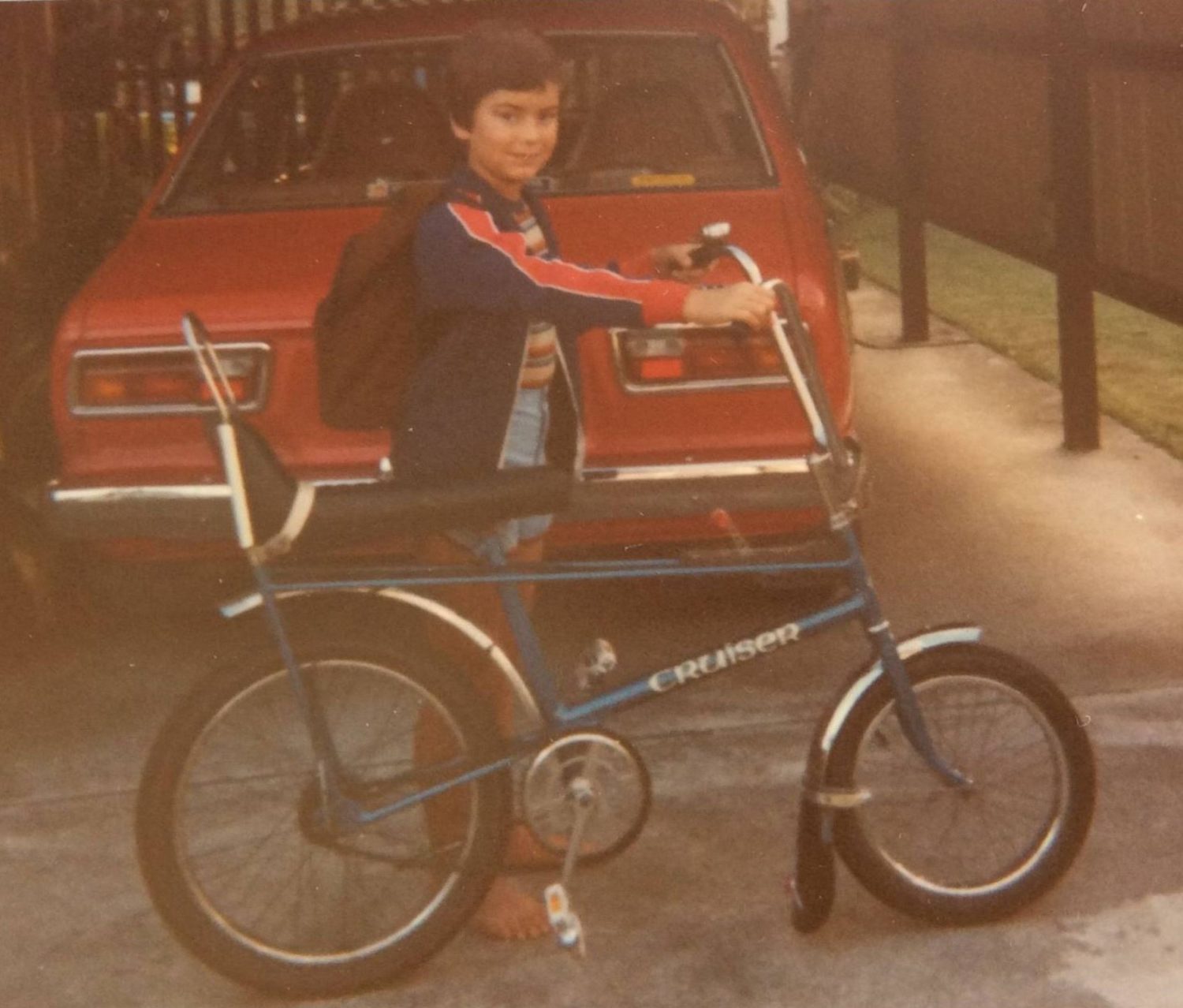The first day of our great off-road adventure was almost the exact opposite of what you would think of when you tell people you are heading into the wilds of the Sierra Nevada in Jeeps to traverse the most legendary off-road track of them all.
There was no dust, no rocks, no bears. The sounds of engines roaring and metal undersides scraping over unforgiving granite were nonexsistent. We didn’t finish the day dusty, tired and longing for that first beer of the day. There was nothing like that on Day One…
In fact, the first day didn’t feature any driving at all. It took place at a luxurious Californian mountain resort and saw the majority of the day alternating between eating, sitting by the pool and dozing on the couch. It’s a hard life sometimes…
The reason for this was we had arrived before the rest of our group from the Asia-Pacific area, with the Chinese, Japanese, Korean and Singaporean journalists turning up sometime later.
This was a blessing though, as the dreaded grip of jetlag at taken hold of me and I was in no mood to do much more than what I actually did anyway.
The Resort at Squaw Creek in Olympic Valley where we were staying is a typical US mountain ski resort, but much like everything else over here, it is far, far bigger than anything we back in New Zealand are used too.
The same goes for their transport. We all know that the Americans love their big pickups, but the sheer numbers and scale of the damn things is still remarkable when you see the roads and parking buildings populated with them.
It is actually easy to pretend you are in America with a fun game you can play at home; walk outside and look at the nearest road. Now imagine everything about 30 percent bigger. That is about the same thing.
One of the first cars we encountered in the parking building at the Reno-Tahoe International Airport was a Hummer H1, but instead of looking uttery massive and equally ridiculous (which it is), it actually looked right at home surrounded, as it was, by many Toyota Tacomas, Dodge Rams and Ford F250s.
While today was dominated by food and sleep, tomorrow is when the real action starts, as we head out o Olympic Valley in newly-updated Grand Cherokees for the drive down Lake Tahoe to the legendary Rubicon Trail.
Now, in case you don’t know, here is a brief history lesson about the Rubicon Trail and Jeep’s involvement in it, courtesy of Jeep’s PR people.
Back in 1953, a group of 155 friends took their Jeeps across the rough granite path through the Sierra Nevada Mountains on their way to Lake Tahoe. This trek, originally conceived as a way to support the economy of the local community, was to become the first official Jeep crossing of the Rubicon Trail and the first-ever of the now-famous “Jeep Jamborees”
The trek was led by Mark A. Smith, who is still deeply involved with Jeep brand and the Rubicon Trail today. At the time, Jeep vehicles were making the shift from being working vehicles to becoming partners for personal adventures of discovery. Since then, tens of thousands of Jeep enthusiasts and their vehicles have traversed the famous trail.
The Rubicon Trail is a 22-mile (35 km) route, part road and part 4×4 trail, located west of Lake Tahoe. The maintained portion of the route is called the McKinney-Rubicon Springs Road, and it begins in Georgetown, California, a hamlet in the state’s Gold Country.
The McKinney-Rubicon Springs Road was originally established for stagecoaches to access resort hotels at Wentworth Springs and Rubicon Springs from the 1890s until the 1920s. The trail saw the first motorized travel in 1908. From the 1950s through today, the Rubicon Trail has been used by off-road enthusiasts for recreation.
The trailhead for the unmaintained portion of the route begins in a location adjacent to Loon Lake. The 4×4 trail portion is about 12 miles (19 km) long and passes in part through the El Dorado National Forest. Rambling over large boulders, rocky terrain and enormous granite slabs with steep inclines and sharp drops, the trail ends in South Lake Tahoe.
The trail crosses a river at one point close to Lake Tahoe. Early settlers named the river “Rubicon” after its counterpart in Italy – a small river north of Rome that Julius Caesar fatefully crossed in 49 BC.
Drawing upon that history, the term “Rubicon” now means “a limit that, when passed or exceeded, permits no return and typically results in irrevocable commitment.” Therefore, to “cross the Rubicon” means “to irrevocably commit to a course of action, or make a fateful and final decision.
The Rubicon Trail remains one of the world’s most challenging trails – rated a 10 for “most difficult” on a scale of 1 to 10 – and is known as the “granddaddy of all off-highway trails.
”The Rubicon Trail has also been used for over four decades by Jeep engineering teams to improve the off-road capability of Jeep brand vehicles and to aid in the development of new models and technologies.
So there you go then. It is a legend and we are hitting it tomorrow. Safe to say we are looking forward to it!


You must be logged in to post a comment.